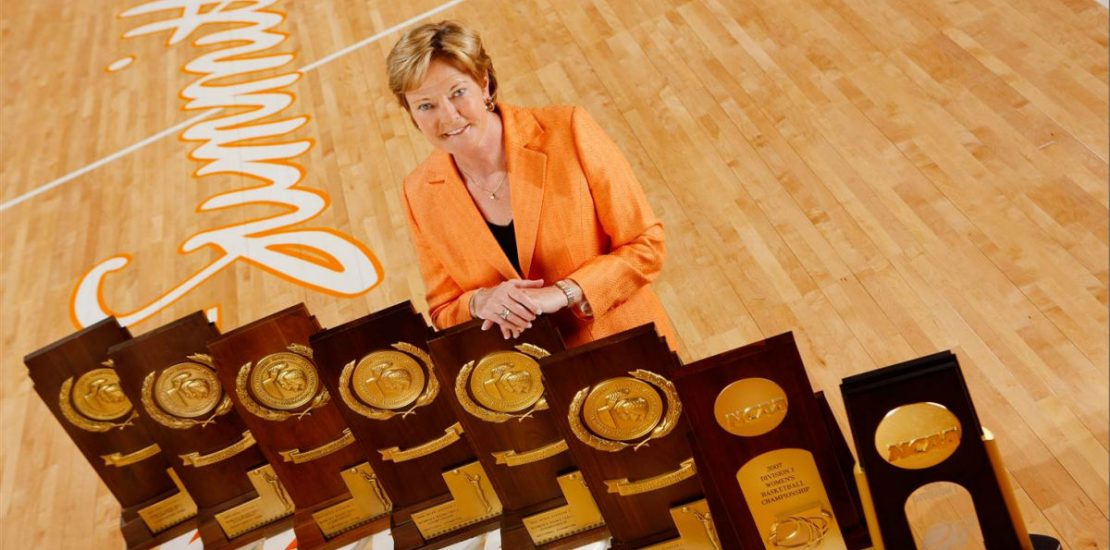
Alzheimer’s disease, the most common form of dementia, is usually a disease of the elderly. 1 in 2 people over 85 and 1 in 8 over 65 have Alzheimer’s. Rarely, Alzheimer’s also affects people much younger, sometimes people in their 40s and 50s. It struck Pat Summitt, the renowned basketball coach at age 59. Just five years later, at 64, young onset Alzheimer’s claimed her life.
Young onset (often called early-onset) Alzheimer’s accounts for 5% of the nearly 5 million Alzheimer’s cases in the U.S. Alzheimer’s is the 6th leading cause of death in the U.S.
Young onset has more of a genetic component and when the disease strikes late. But why some people get Alzheimer’s disease is still mostly a mystery. Most people who get young-onset Alzheimer’s disease have a family history,
Excessive Amyloid, sticky proteins that can clump together and form plaques in the brain, suffocating neurons, seem to play a key role in early-onset Alzheimer’s. Short-term memory loss is a symptom in the majority of Alzheimer’s cases, and while that’s still true of young onset, this rare form sometimes presents in ways that have nothing to do with memory. In about a quarter of cases, people with young onset have difficulty controlling their gaze, processing visual information, doing calculations or have problems with speech.
Otherwise healthy people will typically live for another 10 to 12 years. As Alzheimer’s progresses, people can develop compromised immune systems, making it harder to fight off infection and be physically active. Because it complicates all other medical conditions, and because it requires such comprehensive care, Alzheimer’s disease is the single most costly condition in America.